Just as your body ages with time, so do your eyes and eyesight. So, if you are squinting to read the ingredients of products while shopping or reading a book, you are not alone. It is common to notice changes or deterioration in your vision with age. That is why you must ensure to have vitamins for eye health and regular check-ups to ensure the good health of your eyes, especially if you're suffering from diabetes.
Age brings a lot of changes with it, like changes in the quality of your vision. Let us discuss how exactly age affects and how you can improve your eye health in detail in this blog.
How Does Aging Affect Eye Health?
When you become older, your vision changes, and you might not see as perfect as you used to. A few common changes for older adults can be: -
- Taking more time to adjust to the changing of lights
- Difficulty in differentiating darker colors like blue or green from black
- Difficulty or not being able to see from close enough
These problems are not very serious and can be corrected using glasses, lenses, eye medicines, improved lighting, and lifestyle changes.
Eye care is crucial across all age groups. However, with age, the risk of eye diseases increases. Your eyes become weaker, and your health might deteriorate. That's why regular eye exams are important to detect serious eye issues. Doing that will help you take precautions before the situation goes bad.
What are Some Common Eye Problems Associated with Getting Older?
1. Floaters and Flashes
Your eyes have a clear liquid or substance called the vitreous gel that allows the light to pass through the retina. It also helps the eyeball in keeping its shape. Eye floaters or flashes usually occur when this gel-like liquid starts to shrink with age.
Floaters are tiny dots or shoes that start to appear in the line of your vision. Floaters are like dust particles that do not go away when you try to blink your eyes. These are mostly harmless, but if their size, color, or amount increase, it might be serious. It is best to visit your ophthalmologist for the best treatment.
Flashes, on the other hand, are bright spots or points of light in the line of your vision and can occur due to several reasons. The most common is the shrinking of the vitreous gel, wherein the fluid starts to pull on your retina. This condition is termed posterior vitreous detachment.
2. Dry Eyes
Dry eyes can become a chronic problem among adults. It can happen when your tear glands can't produce enough tears leading to dry, itchy, and irritated eyes.
Dry eyes can be uncomfortable, also leading to partial or some vision. But do not worry. An eye doctor can help relieve these symptoms by recommending eye drops to make your eyes feel better.
3. Age-Related Macular Degeneration (AMD)
AMD is an eye disease affecting central vision. With this disease, people can't see clearly what is in front of them. It is common among adults in their fifties. Its symptoms include blurry vision, straight lines appearing wavy, dark or blind spots appearing in the center of the vision, etc.
Your eye doctor can ask for your medical history and go for eye tests, pupil dilation, or visual acuity test to diagnose AMD.
4. Cataract
Cataracts are common among older adults. Almost every one out of five adults over the age of 60 has cataracts. Cataracts are like clouding and darkening in the eye lens that usually develops over time, affecting both eyes. It can lead to blurred vision, a halo around lights, or poor vision at night. If cataracts keep on growing, you might need surgery.
What to do to Protect Your Eyes and Vision?
Here are some simple tips to keep your eyes healthy and vision stronger with age: -
1. Add Antioxidant Rich Foods
It is always the right step to keep up a good diet, not only for the eyes but for the overall health and functioning of your body. Research backs the fact that foods rich in vitamins C and E, zinc, lutein, zeaxanthin, and omega-3 fatty acids are linked to lower risk for age-related macular degeneration (AMD), cataract and perhaps even dry eye later in life. Opt for food items that are antioxidants rich that may help lower the risk of eye diseases and improve your overall health and wellbeing.
Let’s break down what a nutrient-rich diet looks like?
- Vitamin C : Oranges, grapefruit, kiwifruit, strawberries, tomatoes, red and green peppers, and broccoli
- Vitamin E : Almonds, sunflower seeds, olive oil, and avocadoes.
- Zinc : Legumes (beans and lentils), seeds, meat/seafood, dairy, and eggs are all good sources of zinc.
- Lutein and zeaxanthin: Both of these nutrients are found naturally in the retina—the light sensitive tissue lining the back of the eye. This is why boosting your diet with lutein and zeaxanthin is a victory for your eye health. You can find lutein and zeaxanthin in leafy green vegetables like kale, spinach, and swiss chard or in Eye Care supplements. Broccoli, asparagus, and colorful fruits like raspberries, papaya, peaches, and mangoes are also chock-full of eye-healthy carotenoids
2. Healthy Omega for Dry Eyes
Omega-3s are naturally occurring in salmon, sardines, herring, tuna, menhaden or cod liver. Women found those who consumed the most omega-3 fats from fish had a 17% lower risk of dry eye compared with women who ate minimal or no seafood. And a study in the International Journal of Ophthalmology concluded omega-3 fatty acids “have a definite role for dry eye syndrome”. Nuts and oils like walnuts and sunflower oil are great natural sources of omega-6 fatty acids. While Omega-3 helps reduce the inflammation, excess Omega-6 can aggravate the inflammation hence do not exceed the recommended dosage. Opt for Virgin Omega-3 with triple strength, providing essential fatty acids that are crucial not only for improving eye health but also brain and heart health.
3. Stay Hydrated
Keeping your eyes hydrated along with your skin is equally important. Dehydrated eyes can become dry and uncomfortable. Dehydration can even spring up certain eye issues like dry eye syndrome. You must consume ample water and juices made of different fruits and vegetables. These juices are a great source of vitamins. Green leafy vegetables and dairy provides calcium that may help with Age related Macular Degeneration (AMD)
4. Low Glycemic Index Diet
With diabetes, blood sugar levels can get too high than the normal range, which causes serious health problems and can lead to vision loss. Foods in high-GI cause rapid spikes in blood whereas low-GI raises blood sugar more moderately preventing sudden spikes.
People who have or at risk for diabetes or age-related macular degeneration (AMD) can benefit by following low-glycemic index (low-GI) diet by making healthy swaps like:
- Oatmeal or muesli over sweetened breakfast cereal
- Brown rice over white rice
- Whole-grain bread over white bread
- Durum wheat pasta or sweet potato over a baked potato
- Nuts over potato chips
- Sweet Potato over Potato
- Buckwheat over Refined Flour
5. Schedule Regular Eye Tests and Exams
It is crucial to schedule eye exams regularly after you cross 40. These exams are really helpful as your doctor can detect early signs of eye issues like cataracts and advise precautionary measures before the problems go too far. Especially individuals suffering from Diabetes for over a decade. The Centers for Disease Control and Prevention (CDC) says that about 90% of vision loss from diabetes can be prevented. Early detection is key. People with diabetes should get critical, annual eye exams even before they have signs of vision loss
Wrapping Up
Vision problems like cataracts, flashes, dry eyes, etc., are common among older adults and are most likely to occur. So, you may not be able to prevent them from happening. But, you can slow the age-related eye damage by following a healthy diet, taking appropriate vitamins for eyes, and lifestyle habits that contribute to improving eye health.
References
Bergstrom R, Czyz CN. Vitreous Floaters. [Updated 2022 Jul 5]. In: StatPearls [Internet]. Treasure Island (FL): StatPearls Publishing; 2022 Jan-. Available from: https://www.ncbi.nlm.nih.gov/books/NBK470420/
Ahmed F, Tripathy K. Posterior Vitreous Detachment. [Updated 2022 Feb 21]. In: StatPearls [Internet]. Treasure Island (FL): StatPearls Publishing; 2022 Jan-. Available from: https://www.ncbi.nlm.nih.gov/books/NBK563273/
Sharma A, Hindman HB. Aging: a predisposition to dry eyes. J Ophthalmol. 2014;2014:781683. doi: 10.1155/2014/781683. Epub 2014 Aug 14. PMID: 25197560; PMCID: PMC4150485. https://www.ncbi.nlm.nih.gov/pmc/articles/PMC4150485/
Ruia S, Kaufman EJ. Macular Degeneration. [Updated 2022 Jan 29]. In: StatPearls [Internet]. Treasure Island (FL): StatPearls Publishing; 2022 Jan-. Available from: https://www.ncbi.nlm.nih.gov/books/NBK560778/
Hashemi H, Pakzad R, Yekta A, Aghamirsalim M, Pakbin M, Ramin S, Khabazkhoob M. Global and regional prevalence of age-related cataract: a comprehensive systematic review and meta-analysis. Eye (Lond). 2020 Aug;34(8):1357-1370. doi: 10.1038/s41433-020-0806-3. Epub 2020 Feb 13. PMID: 32055021; PMCID: PMC7376226. https://www.ncbi.nlm.nih.gov/pmc/articles/PMC7376226/
Rasmussen HM, Johnson EJ. Nutrients for the aging eye. Clin Interv Aging. 2013;8:741-8. doi: 10.2147/CIA.S45399. Epub 2013 Jun 19. PMID: 23818772; PMCID: PMC3693724. https://www.ncbi.nlm.nih.gov/pmc/articles/PMC3693724/


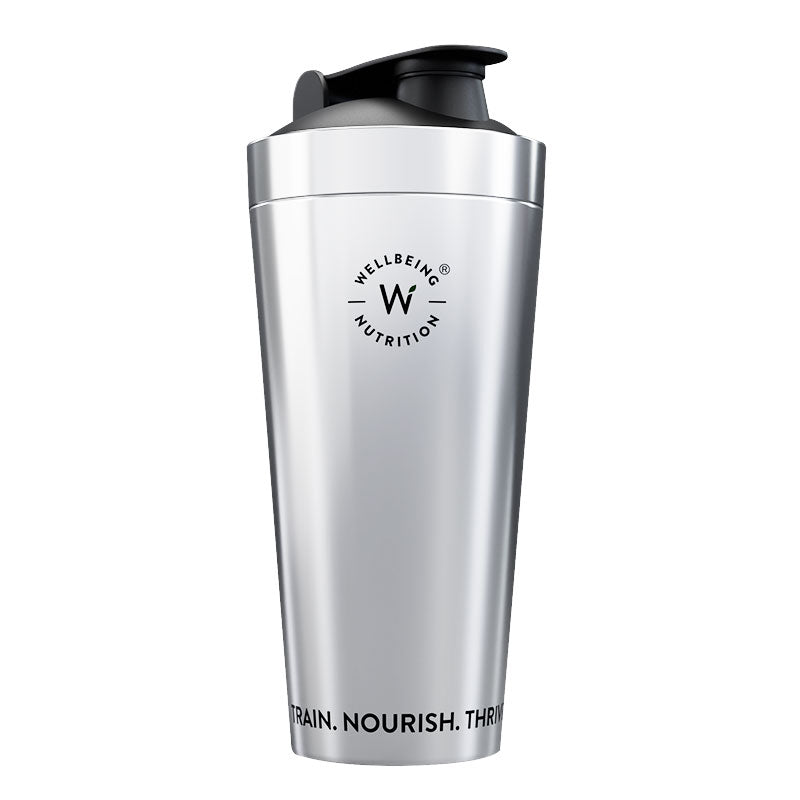











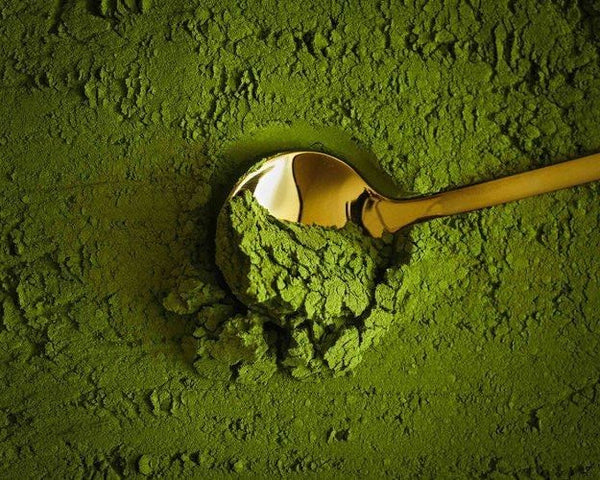

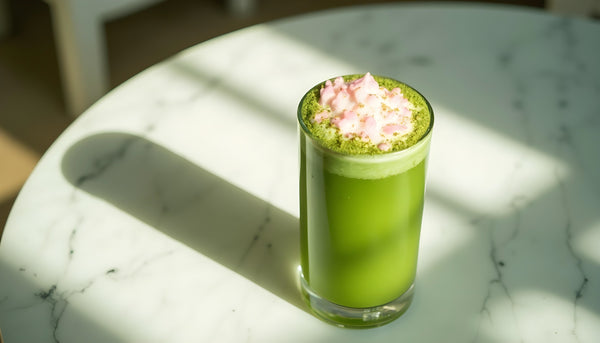
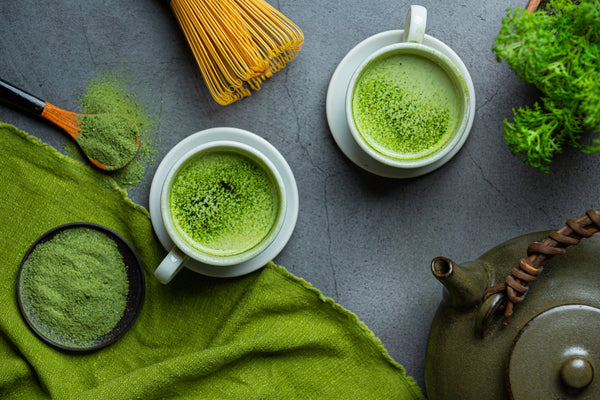

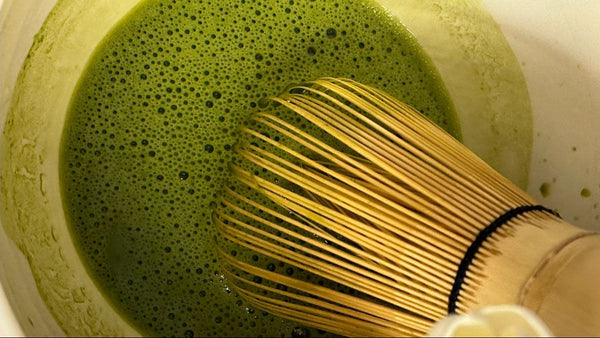
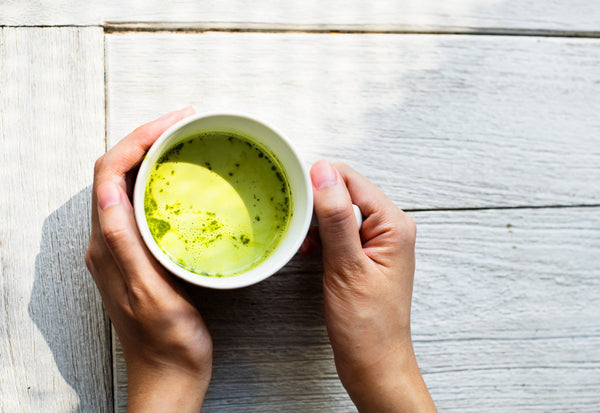






 DOWNLOAD NOW
DOWNLOAD NOW
